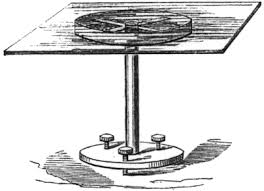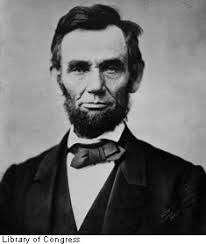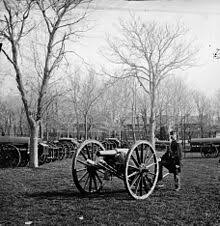Daguerreotype: A photographic process using a light-sensitive, silver-coated metallic plate. It is a photograph made in the camera without using negatives.
It's surface shines like a freshly polished mirror.
This process of photography first became part of history in the 1839's.
This process replaced the camera obscurea.
 |
| a daguerreotype camera |
Albumen: Producing a photograph to be printed on a paper using the negatives.
The main ingredient in this process is albumen, most commonly found in egg whites.
 |
| An example of this photographic process |
This process eventually died out in the 1900's.
 |
| The albumen process |
Stereograph: This process involves taking two, almost identical, pictures then projecting it through a special lens giving it a 3-D image. This process was immensely popular in the mid-1850's.
 |
| An example of this photographic process |
Carte de visite: A small portrait of someone mounted on a a thick card. People used this process to help them make "visiting cards".
 |
| An example of a visiting 'Carte De Visite' card |
Mathew Brady & Alexander Gardner: Mathew and Alexander were both men who created portraits, documentation of the Civil War and many famous celebrities.
 |
| Created by Alexander Gardner |
 |
| Mathew Brady's photograph |


